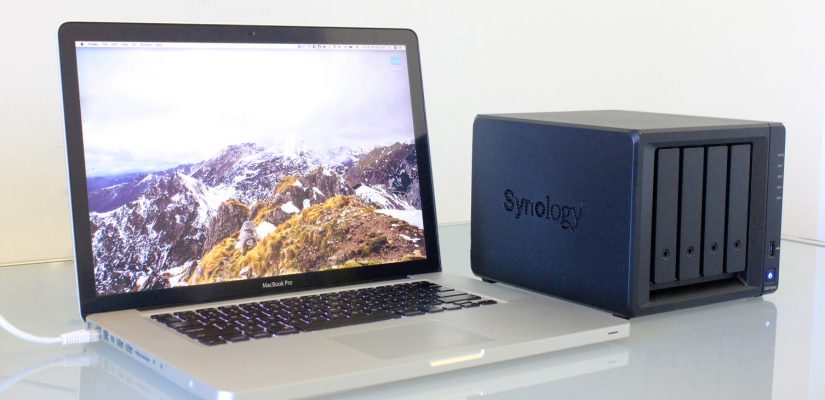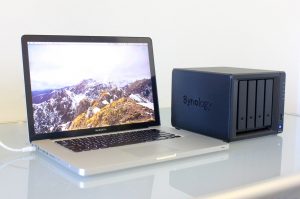
Computer Storage, Memory and the Units of Information
Computer storage or also called data storage or memory is a technology or device used for maintaining, organizing, and managing digital data. The information can be stored both temporarily and permanently. Being an essential computer function and component, the performance of computer storage is crucial for a computer to operate. Measured in bytes, kilobytes (KB), megabytes (MB), gigabytes (GB), and increasingly terabytes (TB) and also bits, kilobits, megabits, gigabits, and so on. Standard measurement: 1 byte is one character of data and equals 8 bits, one megabit is equal to 125 kilobytes. Megabit’s utilization refers to the data transfer of computer networks. It is commonly used in network transfer rates and download speeds as the size transferred per time unit. Technically a kilobyte is 1024 bytes, a megabyte 1024 kilobytes, and 1,024,768 bytes, but practically it is often simplified and said to be 1 000 000 for facilitation.

Computer storage as a device is available in several forms in sort of a hierarchy: CPU, primary storage/memory, secondary storage, offline storage. The CPU or Central Processing Unit or only processor – it is a computer component which interprets and performs commands to manipulate data. The primary storage is storing information for immediate use and is directly accessible to the CPU. This is called RAM (Random-Access Memory) and cache memory. The secondary storage (or mass storage) can be internal or external and is used for permanent storage, used for large amounts of data and is not directly accessible by the CPU; it includes the hard disk optical disk drive and USB storage device, memory cards, solid state drives. The offline storage is a medium or a tool that can be removed from a computer as it does not need the control of a processing unit. It is used to stare and transfer information. It cannot be accessed without human intervention.
Storage refers to long-term and permanent storage, while memory regards temporary volatile data which is lost when the computer is turned off. Memory relates to computer performance and how much data is processed at once.

A Unit of information is used to measure the capacity of standard data storage system or communication channel, the information contained in messages and the information entropy (the rate at which information is produced) of variables.
A Bit is a basic unit of information, and its name derives from the phrase Binary digit. It is also called Shannon, named after Claude Shannon, the founder of information theory. A bit is the smallest unit of data in a computer. A bit has a single binary value, either 0 or 1. One Shannon is the information content of an event occurring when its probability is 1⁄2. .Also, it is defined as the entropy of a system with two equally probable states.
The ternary numeral system (also called base 3) has three as its base. Analogous to a bit, a ternary digit is a trit (trinary digit). One trit is equivalent to log2 3 (about 1.58496) bits of information.
A byte used to describe the number of bits used to encode a character of text in the computer. Today it almost always means eight bits. A byte can represent 256 distinct values.
Additionally, a pair of two bits or a quarter byte was called a crumb, and half a byte (four bits) is called a nibble.

Here are some examples of the sizes of units of information:
- 1 bit – answer to a yes/no question.
- 1 byte – a number from 0 to 255.
- 90 bytes: enough to store a typical line of text from a book.
- 512 bytes = ½ KiB: the typical sector of a hard disk.
- 1024 bytes = 1 KiB: the classical block size in UNIX filesystems.
- 2048 bytes = 2 KiB: a CD-ROM sector.
- 4096 bytes = 4 KiB: a memory page in x86 (since Intel 80386).
- 4 kB: about one page of text from a novel.
- 120 kB: the text of a typical pocket book.
- 1 MiB – a 1024×1024 pixel bitmap image with 256 colors (8 bpp color depth).
- 3 MB – a three-minute song (133 kbit/s).
- 650–900 MB – a CD-ROM.
- 1 GB – 114 minutes of uncompressed CD-quality audio at 1.4 Mbit/s.
- 8/16 GB – two standard sizes of USB flash drives.
- 4 TB – the size of a $100 hard disk (as of early 2018).
- 12 TB Largest hard disk drive (as of early 2018)
- 16 TB Largest commercially available solid state drive (as of early 2018)
- 100 TB Largest solid state drive constructed (as of early 2018)
- 1.3 ZB – prediction of the volume of the whole internet in 2016.